Is It Better To Plaster Or Joint Compound To Repair Plaster Walls
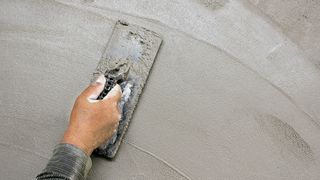
Plastering walls is a skilled job that requires a meticulous awarding. By applying plaster, you volition requite your walls a strong, polish, durable end. Non only that, but a well-plastered room will aid to go on old walls in good condition, provide the perfect base of operations for paint and help with soundproofing.
The type of wall and surface you are plastering volition determine the plaster yous need and the application route you take. Plastering a new wall or over plasterboard will be dissimilar from plastering direct onto old brickwork or an existing wall.
You can do any small plastering jobs or 'patching up' on a DIY basis, simply whole walls and rooms are often best left to the professionals. However, that's not to say yous tin can't save money by preparing the area and cleaning up old brickwork yourself.
Here's what to use depending on if you are plastering walls in a self build or during a renovation project.
(MORE: What DIY to Leave to the Professionals)
Plastering Walls in a New Build
Plastering walls in a new firm or extension requires a different arroyo to a renovation project. In the example of new builds, you can apply plaster directly to plasterboard.
How to apply plaster to a new wall:
- Firstly, plasterboard screw heads should be countersunk and filled with the joint betwixt the boards taped
- Metal angle chaplet should be used to ensure a well-baked end around external corners
- Apply a layer of plaster - all blockwork walls to be plastered should receive one glaze of sand and cement render, known as a scratch coat
- This should be left to set and then scratched, using a float with nails in information technology, in a swirling fashion to provide a stable key for the next glaze, which is applied when the first scratch coat is still green simply earlier it has stale out completely
- These two coats should be used to 'dub' out and fill whatever indentations or undulations in the wall
- At this point, the plasterer should judge if the render has set sufficiently and the topcoat plaster skim finish is applied. This should be smooth and not show any trowel marks or undulations as information technology is, essentially, the finished surface of the walls and ceilings in your new home
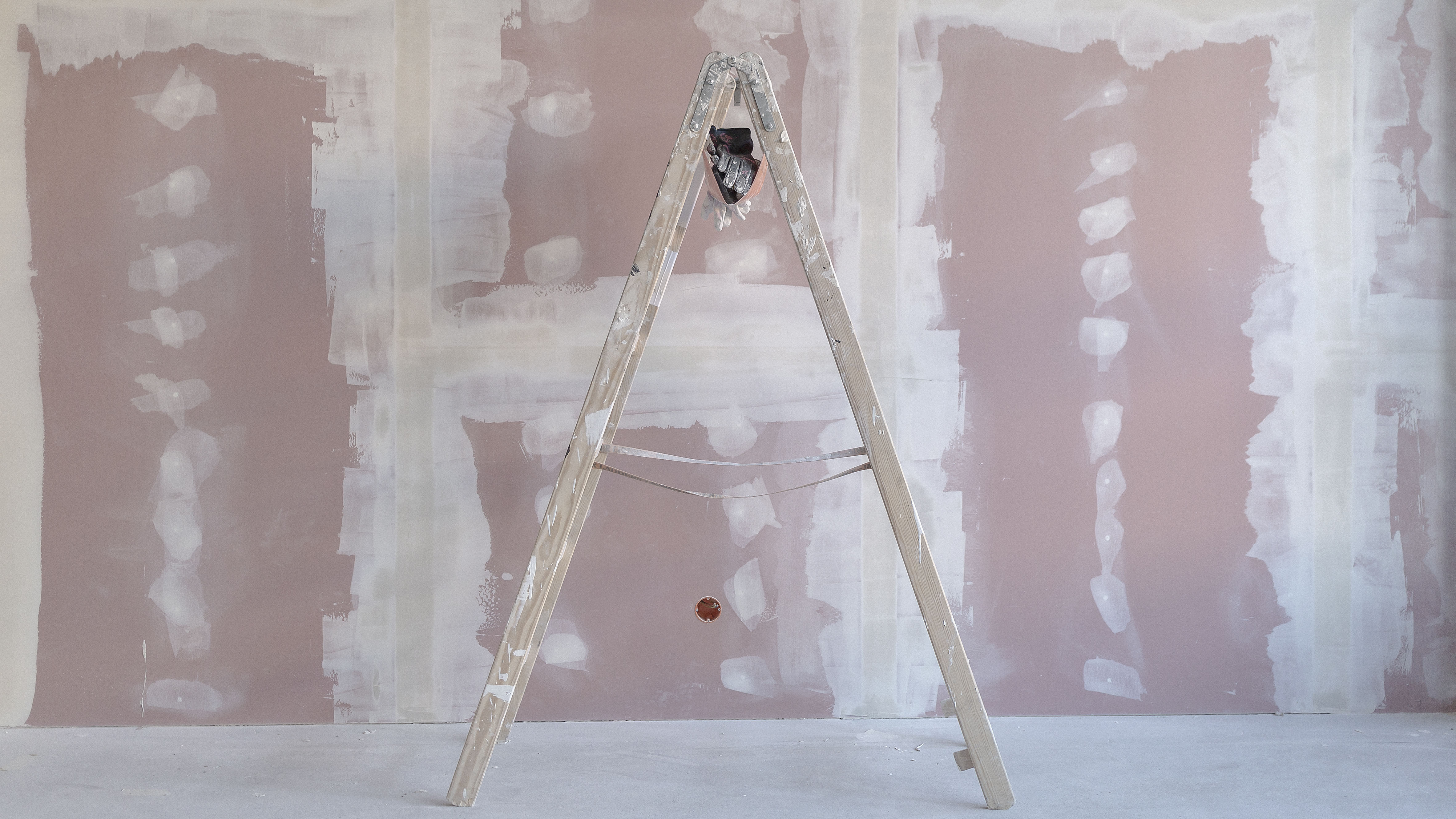
Many new homes are not actually plastered at all. It is usually internal walls or stud walls but sometimes the inner faces of exterior walls are simply lined with plasterboard before being painted or papered over - no plaster skim coat.
Of form, the main reason for this is cost, so there's no need to use a plasterer. Instead, the screw holes are filled, the joints betwixt the boards covered with paper tape (scrim) and and so a jointing chemical compound, and you're good to go. It is known as tape and jointing.
While this method is cheaper than plastering, intendance needs to be taken - if plasterboard gets besides moisture it becomes weak, and it is easy to damage the paper surface of the plasterboard if you're not conscientious.
Plasterboard is too very absorbent, so it should be sealed with a diluted PVA solution or a production such every bit Gyproc Drywall Sealer starting time before painting.
(More than: How to Skim a Plasterboard Wall)
Plastering Walls in Your Existing Home or During a Renovation Project
When plastering walls during a renovation in that location is often the need for more prep work to ensure the older walls are plaster-ready.
Get the room ready:
- Before your plasterer starts, it helps if y'all can clear the room out, comprehend carpets and comprehend anything that can't be taken out of the room
- Your plasterer volition need admission to a h2o supply, so aim to provide a route to the water source that doesn't involve traipsing plaster and mess through your entire house
- Remove old skirting boards before plastering - nearly plasterers volition find it easier to plaster down to an inch or 2 in a higher place the floor than to skim down to the peak of skirting. All the same, if you want to keep your skirting boards in identify then about plasterers should be able to skim downward to the existing skirting boards, although this is time consuming
Prep your walls
If you want your plasterer to apply a fresh skim coat to old plaster walls, you will demand to prepare your walls.
- Whatever damaged and aging one-time plaster will demand to come off the walls before the brickwork beneath is cleaned
- Scrape abroad any one-time pieces of wallpaper and apply an agglutinative, such as a diluted solution of PVA. Alternatively, use a product such as Blue Grit, an agglutinative containing small sand-like granules that stick to the wall and provides an excellent base of operations for a new plaster coat
- Add a plaster primer such as Thistle Bond that you lot merely paint direct on to walls. In one case dry, your plasterer can apply a skim coat straight
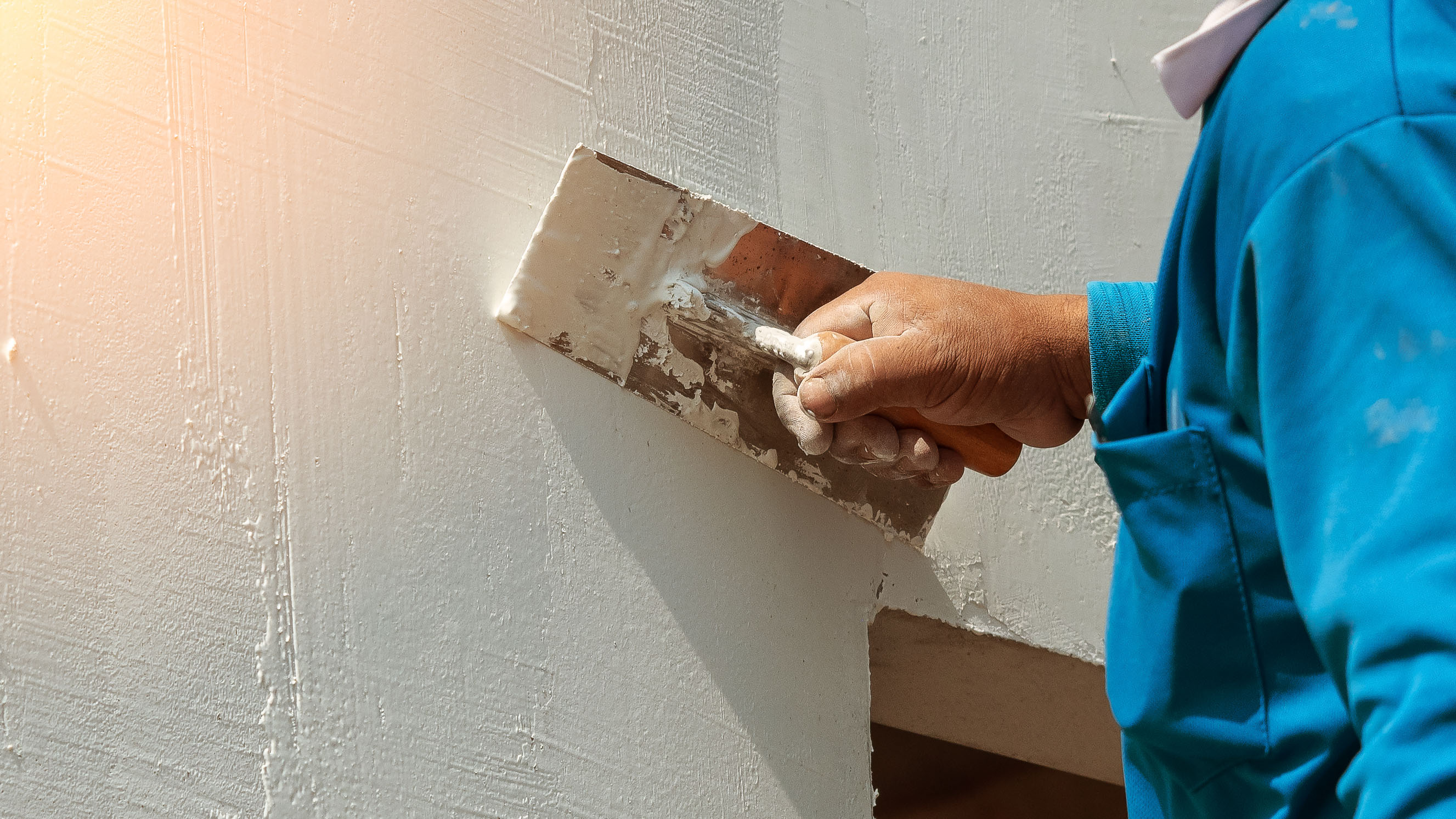
Is it Possible to Plaster Direct onto a Brick Wall?
Although uncommon these days, it is sometimes still necessary to plaster direct to old brickwork or blocks. This is commonly done on small areas of wall where sections of old plaster take come away and is often done every bit a 'patching in' job, rather than over an unabridged wall.
The status of these walls must be assessed and rectified where necessary — aging one-time brickwork will non accept a new coat of plaster. Here's what you need to do before yous plastering can beginning:
- The surface of the sometime brickwork will need brushing down using a wire castor
- And then add a layer of bonding, or browning, a render similar substance, to bring information technology upward to the same thickness as the old plasterwork
- Then a plasterer can skim the entire surface
(More than: How to Patch Plaster)
Tin can I Plaster Over Painted Walls?
If you lot have old painted walls that you would like to have skimmed, you should first sand and clean them off.
Coating them with a weak PVA solution, Blue Grit or like will help the new skim coat to adhere nicely to the walls.
Wet Plastering
Before the invention of plasterboard, plastering was more than laborious and expensive. Plastering straight to blank brickwork or blocks, known as 'wet plastering', is notwithstanding favoured by some for its superior soundproofing.
A cement return or gypsum backing (known as a scratch glaze) is first trowelled directly onto blockwork earlier this is finished with a thin skim glaze.
The downsides of moisture plastering are that it takes much longer to dry than a skim coat on plasterboard, plus it tin can be prone to neat.
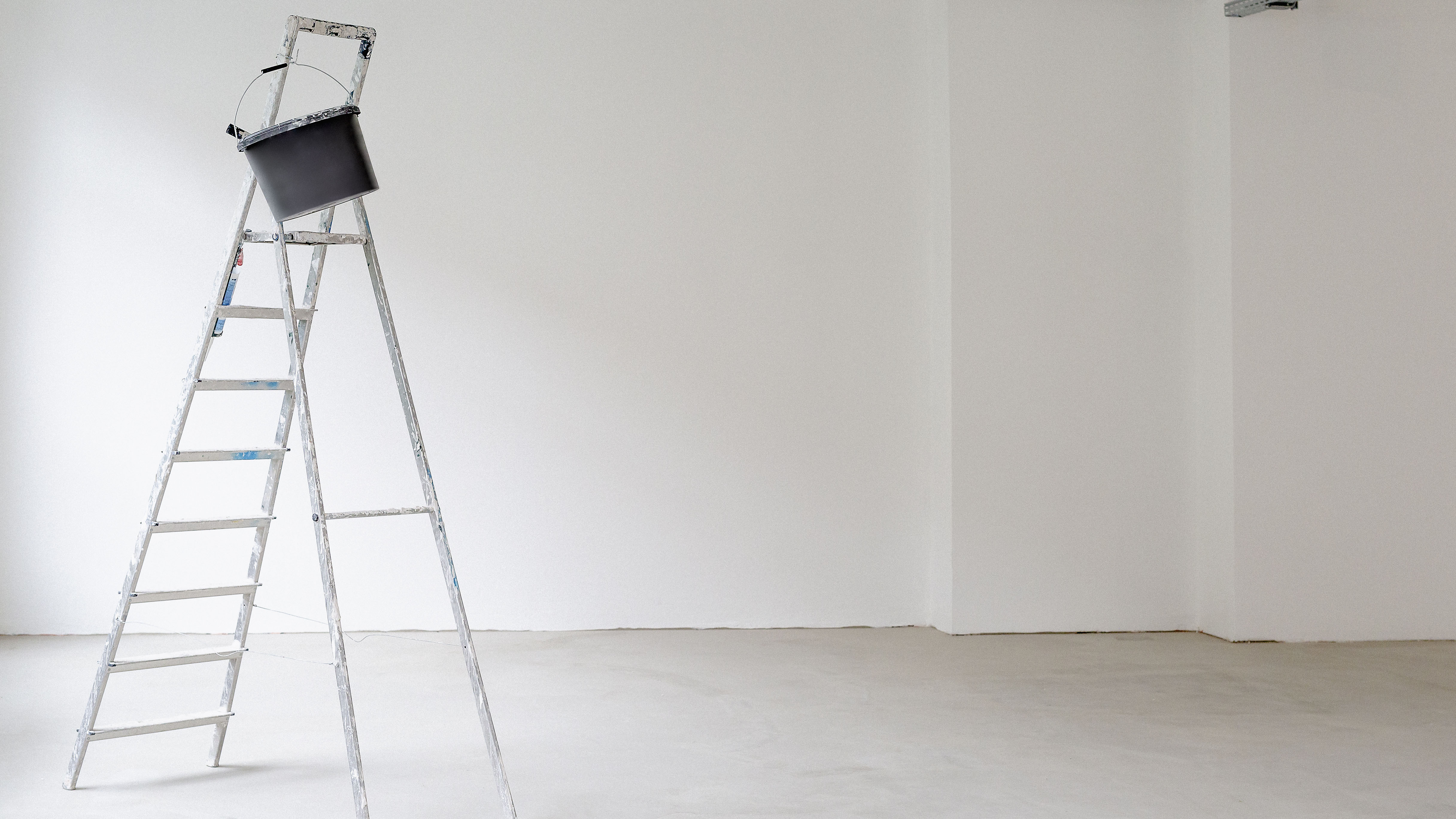
Salve Time and Money by Plastering Over Plasterboard
When renovating it's frequently simpler to plaster over plasterboard than bare brickwork as it just needs a skim glaze — it is mostly the cheapest option. In addition, fixing plasterboard to bare walls by screwing information technology to timber battens means a layer of insulation tin be added if required.
In other instances, plasterboard can be 'dabbed' to the blank wall. This is where small sheets of plasterboard are stuck to the wall using 'dabs' of adhesive.
By cut sheets of plasterboard to fit yourself, y'all will save your plasterer time and coin when it comes to doing the task. A handsaw or jigsaw does the task.
You could even set up the plasterboard to the wall yourself. The easiest way to practise this is to spiral it directly to the timber battens you take stock-still to the wall and ceilings — utilize plasterboard screws and ensure the screw heads are sunk below the surface of the boards.
The joints betwixt the boards will need to be covered with scrim and mesh tape before the plasterer skims.
(MORE: How to Plasterboard a Ceiling)
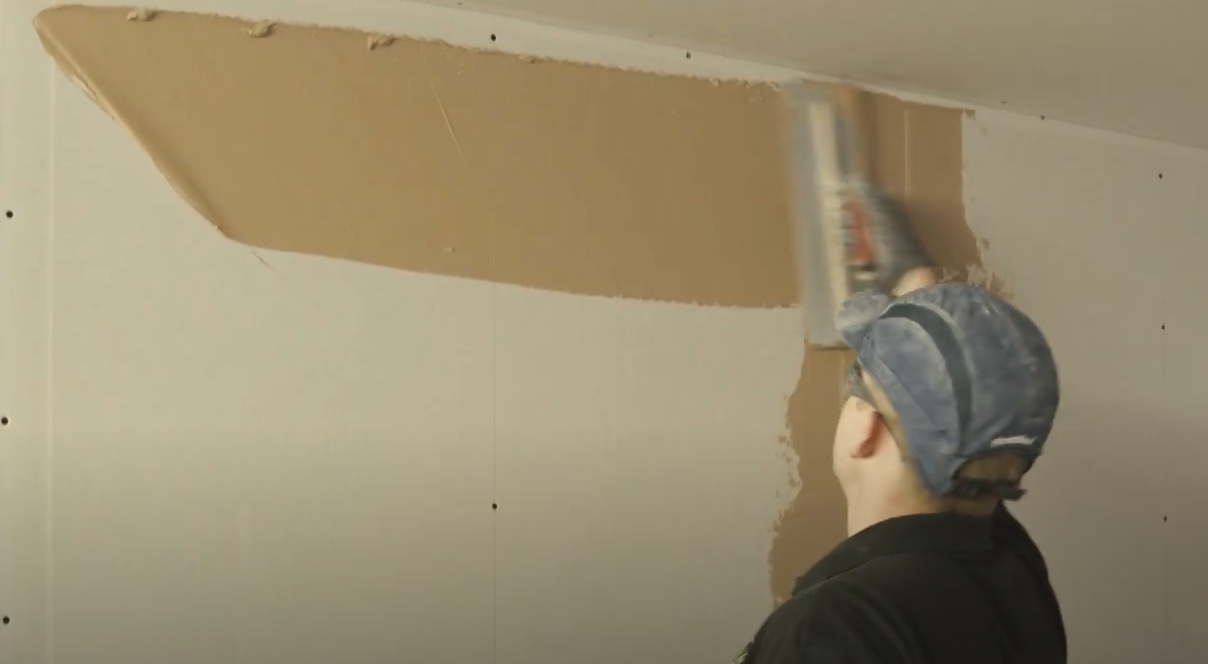
How Much Does Plastering a Wall Cost?
Although plasterers' rates will vary depending on where in the land you are and who you speak to, you tin expect to pay from around £135 per twenty-four hour period.
Ensuring your walls are plaster-ready will salve you money when information technology comes to paying your plasterer.
Whilst most plasterers are quite happy to remove erstwhile plaster or to fix new plasterboard, this volition all add together to the time they spend on the job and increase their final neb.
Brand sure you find out how many days your plaster will be on site or agree on a fixed price for the job.
Anything from £450-£800 to plaster a medium-sized room, including removing erstwhile plaster if needs exist, fixing plasterboard and skimming, is reasonable.
Natasha is Homebuilding & Renovating's Associate Editor and has been a member of the team for over two decades. An experienced announcer and renovation expert, she has written for a number of homes titles. She has renovated a terrace and is at the cease of the DIY renovation and extension of her Edwardian cottage. She is at present looking for her next project.
Source: https://www.homebuilding.co.uk/advice/plastering-walls
Posted by: conlinbuttephon.blogspot.com


0 Response to "Is It Better To Plaster Or Joint Compound To Repair Plaster Walls"
Post a Comment